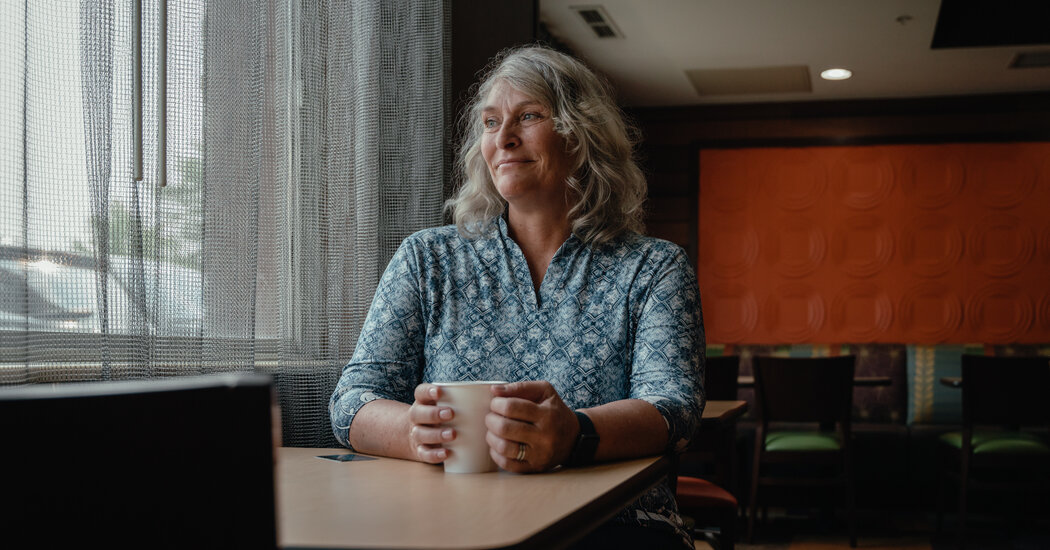As a road warrior for 35 years, Tanna Pearman has crisscrossed the country, staying at luxury hotels and roadside motels. Her least favorite are boxy convention hotels with cavernous lobbies that are easy to get lost in. But at the top of her list is extended-stay lodging.
With guest rooms big enough for both working and unwinding, extended-stay hotels make it easy to combine business calls and sightseeing tours, said Ms. Pearman, a broker for Meetings Made Easy, a meeting planning company based in Las Vegas.
“It feels more like a living space than just a sleeping room,” she said.
Ms. Pearman has plenty of company these days. Interest in extended-stay hotels has grown, driven in part by a rise in remote work as well as an increase in work crews moving from site to site for infrastructure investments in projects like road building and green energy.
And because visitors tend to stay longer and need less housekeeping, extended-stay hotels — particularly those focused on more cost-conscious travelers — are less expensive to build and operate than their full-service counterparts. Recognizing the higher margins these side-of-the-highway lodgings offer, hotel companies are looking at them with fresh eyes, expanding their portfolios and adding new brands.
Hilton Worldwide, Hyatt Hotels and Marriott International have all introduced extended-stay brands this year — some so new that they do not yet have official names. Last year, Best Western International and Wyndham Hotels & Resorts announced new brands in the category, following Choice Hotels, which started a new extended-stay chain in 2020.
“It’s as hot as it can get,” said Jan Freitag, national director of hospitality market analytics at the real estate analytics firm CoStar.
Economical construction is a top priority for hotel operators. “It’s superefficient the way the design is built,” said Isaac Lake, brand leader of Project H3 by Hilton, the working name of the company’s new extended-stay hotels that are scheduled to start opening in the second half of next year.
For example, he said, Project H3 rooms are designed so the bathrooms require only a single fire sprinkler, light fixtures can be plugged in behind the bed to minimize the number of electrical lines and a single type of vinyl floor tile is used rather than multiple flooring surfaces.
Absent palatial lobbies, full-service restaurants and other large public spaces, much more of an extended-stay property’s footprint has the…
Click Here to Read the Full Original Article at NYT > Travel…
